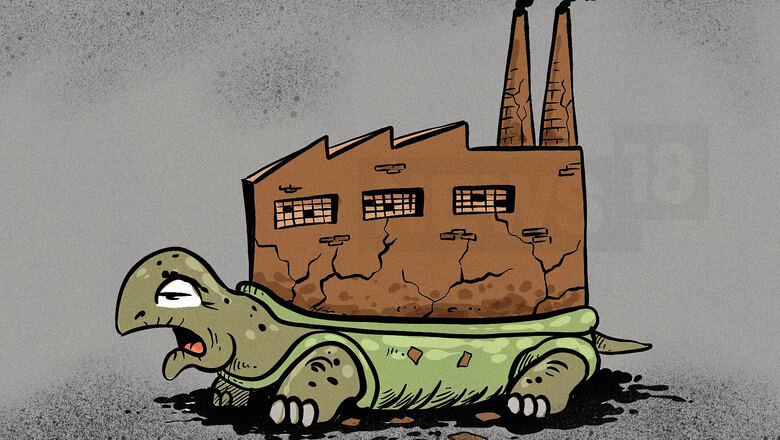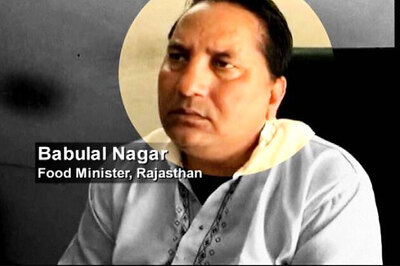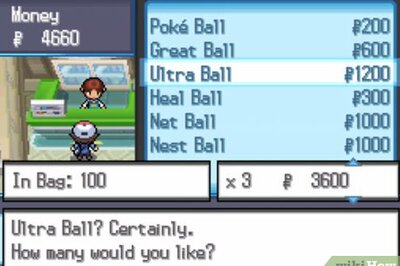
views
India is in the grip of a deep slowdown and unless the government takes more steps to spur growth, including a fresh fiscal stimulus, the economy is likely to remain slow moving even in the next fiscal.
The government on Tuesday released the first advance estimates for 2019-20 where GDP growth was pegged at 5 per cent. This means the Indian economy will be growing at the slowest pace since the year of the Lehman crisis in 2008-09. Though, at 5 per cent for the full year, the estimate builds in a mild recovery in the October 2019-March 2020 period since the growth in the first six months had averaged 4.8 per cent.
The estimate shows the extent of the slowdown in the economy within just 12 months, since GDP growth had been measured at 6.8 per cent in 2018-19.
It is pertinent to note here that the growth estimate for FY20 is way below the estimate given in the Economic Survey last January (it had projected 7 per cent growth) and also below the estimate with which the RBI began the year (RBI had initially forecast 7.4 per cent growth but has been subsequently lowering growth numbers to reach the 5 per cent mark last month).
One will have to now watch out now for how close even this 5% number is to actual growth. In at least two of the last five fiscal years, the advance GDP growth estimate put out by the government before the Budget was lowered further. One economist called the 5 per cent growth number the government’s “first guess”.
What is contributing to the overall slowdown? India’s factories are sitting idle. The Central Statistical Office (CSO) has projected manufacturing growth at just 2 per cent this fiscal against 6.2 per cent in the year-ago period – a decline of over three times. It is well known that manufacturing has been slowing but the quantum of the slowdown is rather shocking.
The RBI policy statement earlier this month had said that capacity utilisation fell to 68.9 per cent in the July-September quarter this fiscal from 73.6 per cent in the immediately preceding quarter. In other words, nearly a third of India’s factory capacity was sitting idle in the September quarter, up from nearly a fourth in the April-June period as consumption slowdown resulted in lower use of installed capacities across plants.
The construction sector is the next big laggard, with growth projected to settle at just 3.2 per cent this fiscal against 8.7 per cent last fiscal, a decline of more than two times. And the agriculture sector is not much better, with growth expected to be 2.8 per cent, nearly the same as the previous fiscal.
Can the government do more to encourage growth? Remember, faced with serious shortfall in revenues the government has already asked all departments and ministries to slash expenditure for the last quarter of the fiscal year. Sudipto Mundle, former chairman of the National Statistical Commission, said one of the big shocks that hurt India’s growth rate has been a shortfall in public expenditure.
He advised the government against curbing expenditure and instead suggested that loopholes in tax collections be fixed and exemptions done away with to maintain overall growth.
Mundle also told CNBC-TV18 that the GDP growth rate would be low next year too. “Next year we are going to see low growth rate if this is where we are at the end of this fiscal….I would say we will look at sub-5 per cent growth next year (2020-21). If we make 5 per cent we will be lucky”.
Analysts at brokerage Edelweiss agree with the grim prognosis given out by Mundle, saying macro indicators clearly highlight that the economic drift has gone on for far too long.
“Aggregate credit growth, corporate Return on Equities and aggregate tax revenues are at multi-decade lows. Further, exports and rural wage growth have been adversely hit this decade. These indicators are a reflection of the demand weakness in the economy, while unfortunately all the growth stimulating measures announced by the government are on the supply-side.”
The analysts have plotted charts to show that government’s aggregate tax revenue this fiscal has been at a multi-decade low, capital cycle had peaked in 2012 and the annual average growth rate of exports between Fy11 and Fy20 has been just about 3 per cent.
“Overall, India has witnessed a lost decade of sorts with capex and credit cycles peaking out in 2012. In line, the jobs engine too has slowed. What’s striking is that this prolonged downturn has happened at a time when India has gone through a decade of best demographic dividend, benign global commodity prices and a very stable government that pushed several structural reforms.”
So will the government look to announce a fresh fiscal stimulus in the upcoming Union Budget? It has taken many steps – some sectoral and some wide ranging – to boost economic growth but most of these have been on the supply side and have done little to spur demand. Even the RBI has done its bit by slashing lending rates several times in a row (it paused the rate cutting spree last month as inflation began inching up). Experts say some sort of fiscal stimulus is the need of the hour.


















Comments
0 comment